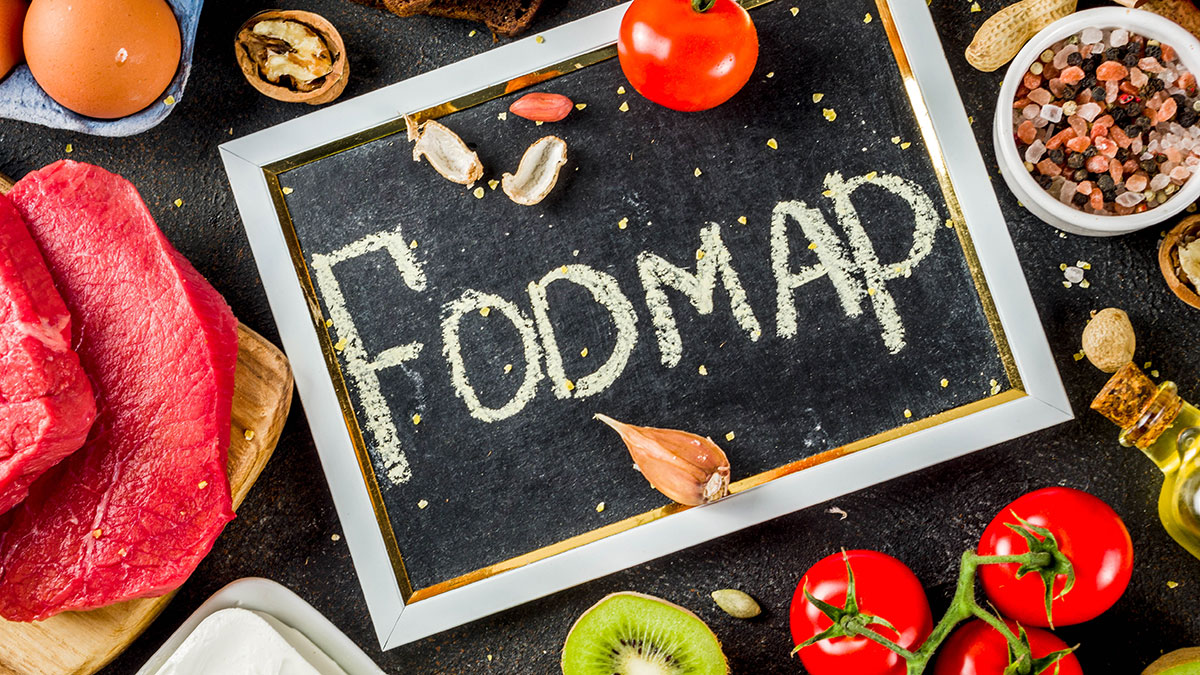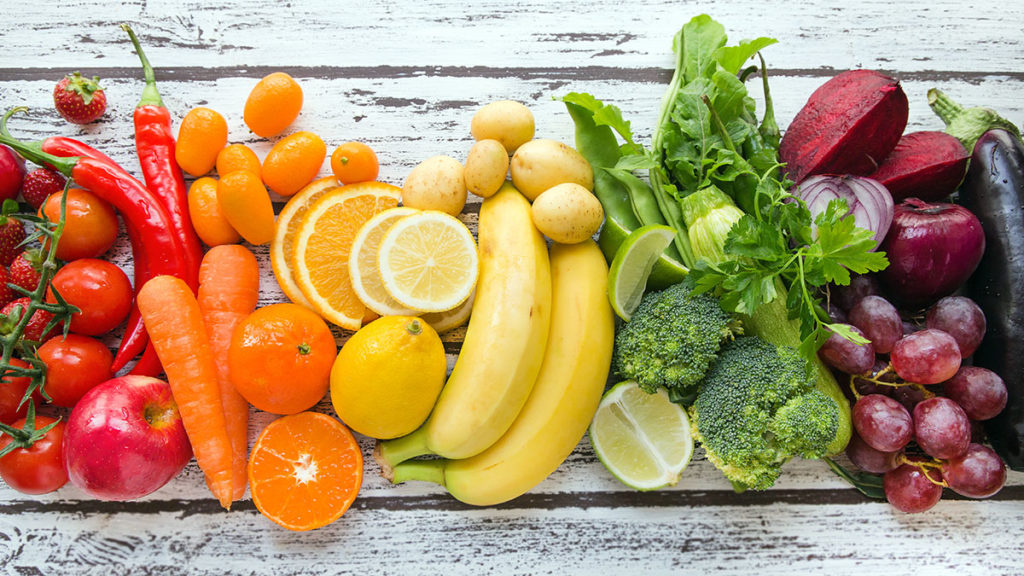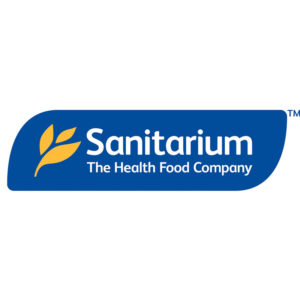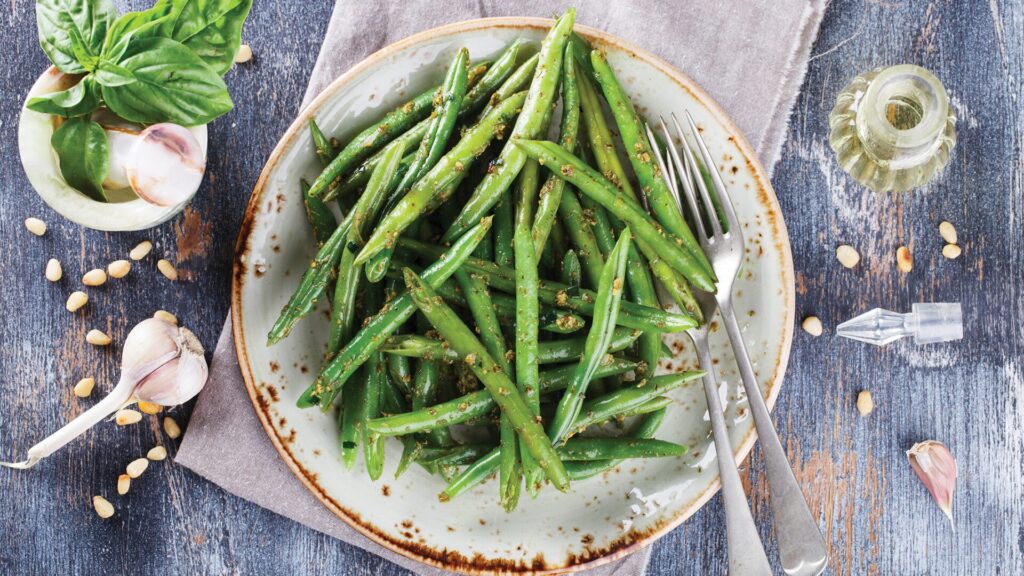Gut health is gaining plenty of attention for its links to everything from your weight to mental health and even improved immunity. Eating certain foods to improve gut health may also help people reduce or avoid common problems like bloating, abdominal pain, constipation and diarrhoea—tummy troubles that most of us are keen to avoid. One diet which is garnering attention in this area is the low FODMAP diet. This is a scientifically-tested diet developed by a team at Australia’s Monash University with the aim to help alleviate the symptoms of Irritable Bowel Syndrome (IBS).
What is IBS?
IBS is characterised by reoccurring abdominal pain, cramping, bloating, wind and/or altered bowel habits but with no other evidence of disease. It is thought to affect one in seven Australian and New Zealand adults.
What’s a FODMAP?
FODMAP is an acronym for Fermentable Oligosaccharides, Disaccharides, Monosaccharides and Polyols—the scientific names that belong to a group of natural sugars that aren’t easily absorbed by your gut. As FODMAPs aren’t absorbed, your gut bacteria ferment these sugars, which can lead to the unpleasant symptoms associated with IBS.
How does the diet work?
The low FODMAP diet differs for everyone. Different people have different tolerance levels, so it’s about finding the right balance.
It’s recommended you start the diet under the supervision of a dietitian or qualified healthcare professional who can help guide you through a strict low FODMAP diet for about 2-6 weeks. After this initial phase, high FODMAP foods can be gradually reintroduced to see how the body responds. This helps to determine tolerance levels before IBS symptoms appear.
If you suffer from IBS symptoms and are interested in seeing how the low FODMAP diet might be able to help you, have a chat with a dietitian or health professional.
High and low FODMAP foods
Vegetables. FODMAPS are found in a wide range of foods, but for most foods, there are low FODMAP alternatives that are very common. High FODMAP veggies include asparagus, artichokes, cauliflower, onions, garlic, leek and mushrooms. Low FODMAP veggies include green beans, broccoli, capsicum, carrot, eggplant and potato.
Fruits. Like veggies, certain fruits can be high or low FODMAP, which may change depending on the serving size. High FODMAP fruits include apples, apricots, pears, mango, watermelon and plums. Low FODMAP fruits include banana, blueberries (limit to ¼ cup per serve), grapes, kiwifruit, passionfruit and strawberries.
Grains. Most breads, cereals, pasta, noodles and crackers are high FODMAP. Same with wheat, rye, barley and foods made from these grains. Low FODMAP grains include gluten-free bread, sourdough spelt bread, oats, rice, quinoa, amaranth, polenta and buckwheat.







